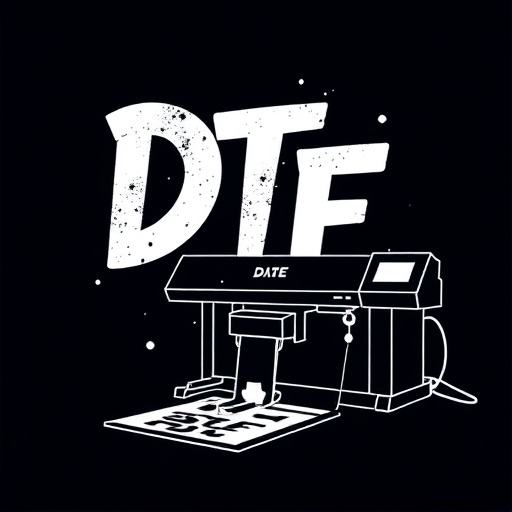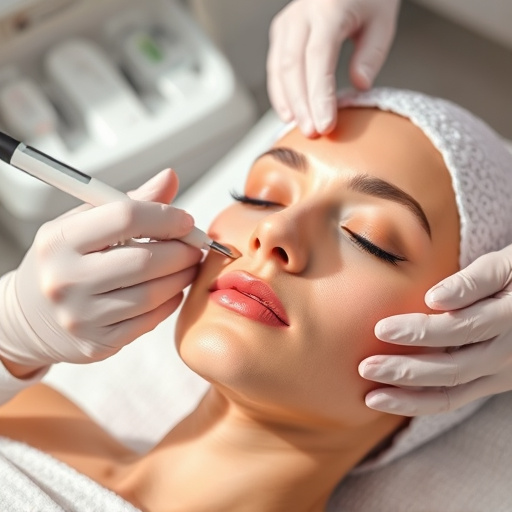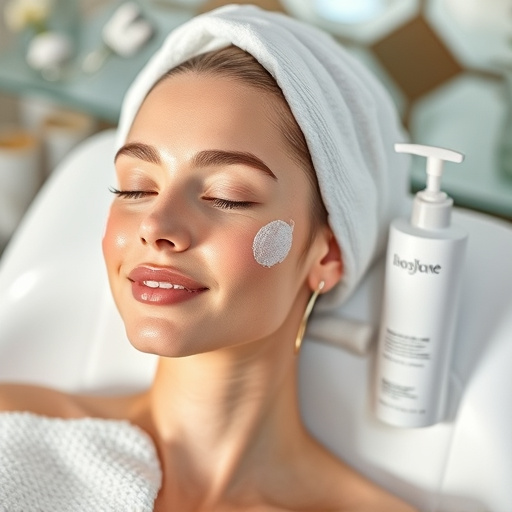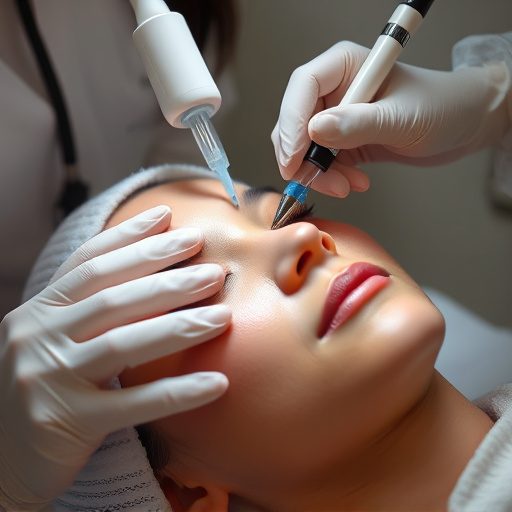Tracking progress in adult acne therapy involves assessing improvements in skin texture, inflammation reduction, and tone enhancement through patient self-assessment and professional analysis during regular check-ins with dermatologists. Setting realistic goals, like reducing acne lesions by a specific percentage within a defined period, helps guide treatment adjustments. Regular dermatologist appointments enable close monitoring of skin response, allowing for informed adjustments to the treatment regimen based on individual needs and skin types, preventing future breakouts, and ensuring long-lasting results from adult acne therapy.
Adult acne can be frustrating, but tracking progress during treatment is key to achieving clear skin. This guide explores how to monitor your journey towards a clearer complexion using adult acne therapy. We’ll cover understanding progress tracking metrics, setting realistic goals based on your unique skin type, and learning when to adjust your treatment plan for optimal results. By following these steps, you can stay motivated and confident during your adult acne therapy journey.
- Understanding Adult Acne Therapy Progress Tracking
- Setting Realistic Goals and Expectations
- Monitoring and Adjusting Your Treatment Plan
Understanding Adult Acne Therapy Progress Tracking
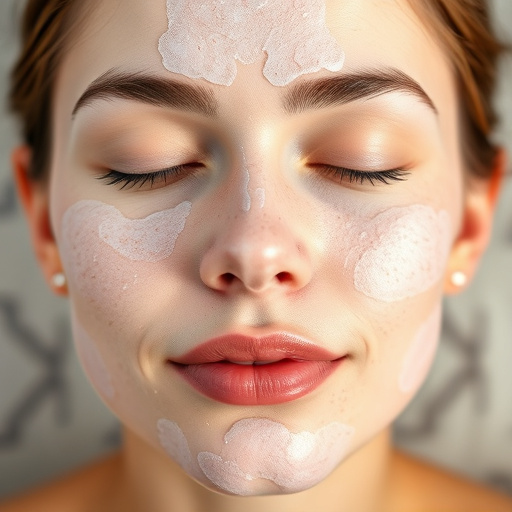
Tracking progress during adult acne therapy is a crucial step in achieving clear, healthy skin. Understanding how to measure success goes beyond simply counting blemishes; it involves assessing improvements in skin texture, reducing inflammation, and enhancing overall skin tone. Professional skincare experts emphasize that consistent evaluation enables them to tailor treatments, ensuring the most effective personalized skincare approach for each individual.
Effective progress tracking leverages a combination of patient self-assessment and professional analysis. Regular check-ins with dermatologists or qualified skincare specialists allow for visual comparisons and discussions about symptoms, side effects, and perceived changes. This collaborative effort facilitates adjustments in treatment plans, focusing on strategies like skin rejuvenation techniques to target lingering acne scars, alongside persistent topical therapies or oral medications to prevent future breakouts.
Setting Realistic Goals and Expectations
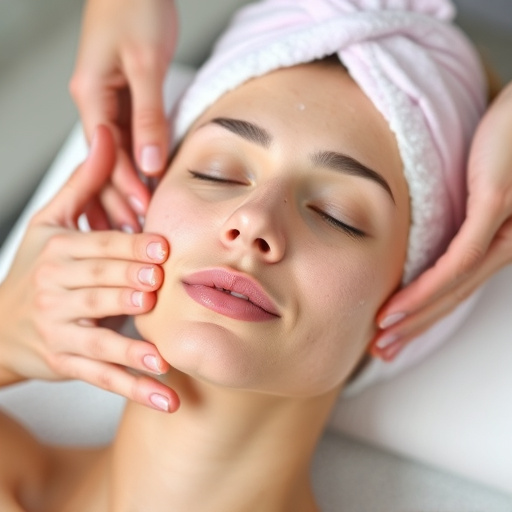
Setting realistic goals is a vital step in your adult acne therapy journey. It’s important to understand that clear skin is often a gradual process, and what works for someone else may not work for you. Before starting any treatment, discuss your expectations with your dermatologist or medical spa specialist. They can guide you on what is achievable and provide a realistic timeline. This open dialogue ensures you’re both on the same page, fostering effective communication throughout your treatment journey.
When setting goals, consider specific, measurable outcomes. For instance, instead of aiming for “clear skin,” set a target like “reduce acne lesions by 50% in 2 months.” Such an approach allows for tracking progress and adjusting treatments if needed. Remember, the goal is not just to eliminate acne but also to achieve and maintain healthy, glowing skin. Realistic expectations will keep you motivated throughout the process, encouraging you to explore various acne treatments and medical spa services that include skin tightening techniques for optimal results.
Monitoring and Adjusting Your Treatment Plan
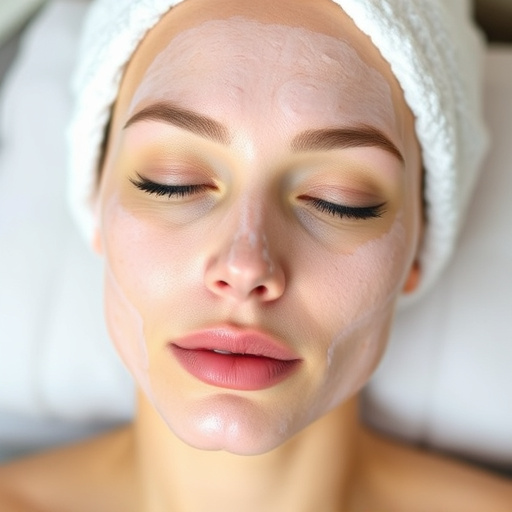
Monitoring and Adjusting Your Treatment Plan is a crucial aspect of successful adult acne therapy. Regular check-ins with your dermatologist allow for a close examination of your skin’s response to the treatment. They can assess the effectiveness of your current regimen, identifying any areas where adjustments might be needed. For instance, if your facial treatments aren’t yielding the desired results, they may suggest altering the products or combining them with different non-surgical treatments like skin tightening techniques for enhanced efficacy.
This dynamic approach ensures that your treatment plan remains tailored to your unique needs and skin type. As you progress, your dermatologist can guide you in making informed decisions, helping to prevent future breakouts and achieve long-lasting clear skin. Regular monitoring enables them to catch any potential issues early on, ensuring a more effective and efficient adult acne therapy journey.
Tracking your progress during adult acne therapy is essential for achieving clear, healthy skin. By setting realistic goals, monitoring your treatment plan, and adjusting as needed, you can effectively navigate your journey towards a clearer complexion. Remember, consistency and patience are key; it may take time to see results, but with the right approach, adult acne therapy can significantly improve your skin’s appearance and overall confidence.
